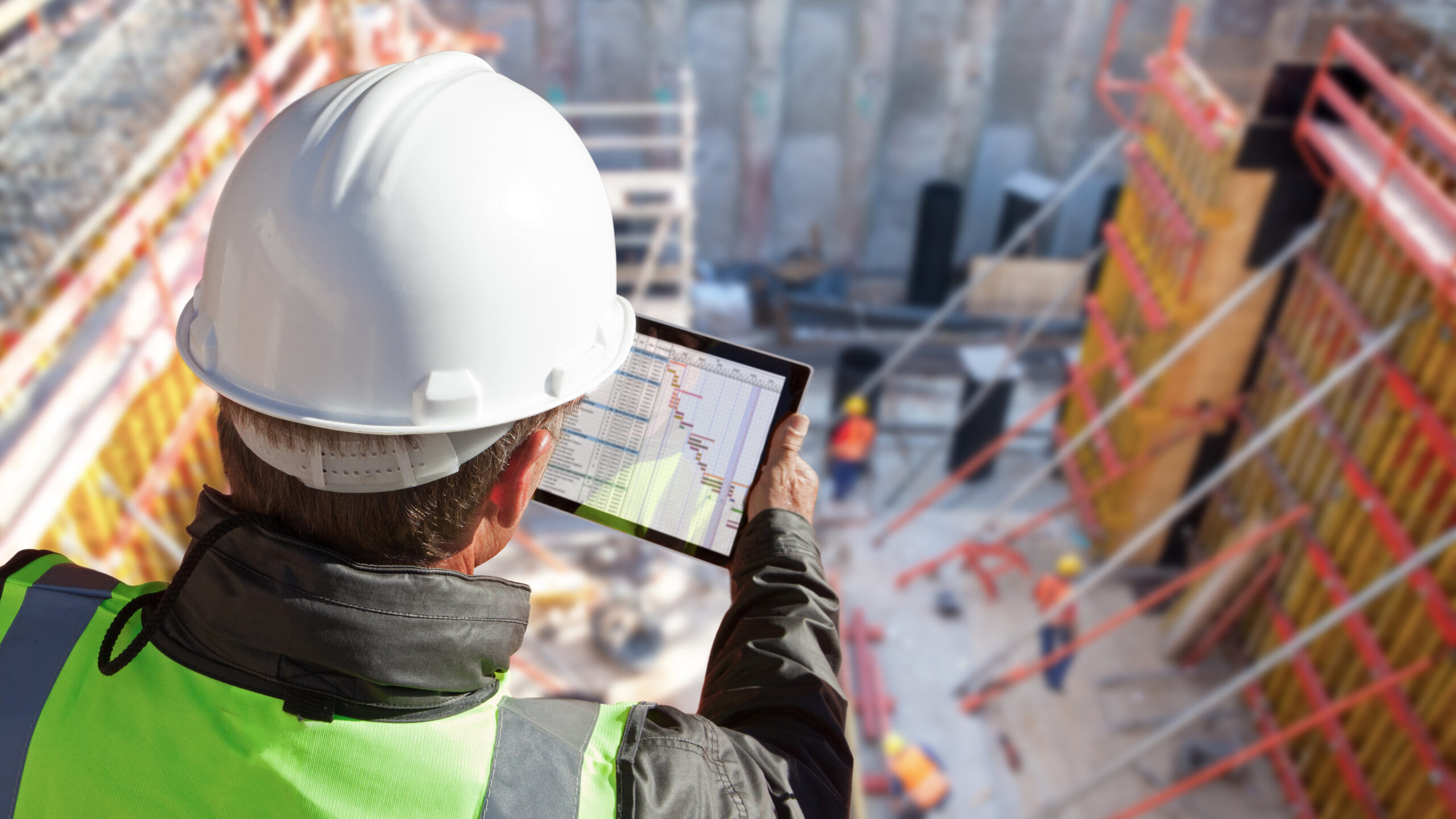For HOA board members in California, understanding and complying with Senate Bill 326 (SB 326) is crucial. Passed on August 30, 2019, SB 326 aims to prevent balcony collapses like the tragic incident in Berkeley, California, in 2015 that resulted in the deaths of six students and injuries to seven others. The law amends Civil Code Section 5551, focusing on the structural stability of decks, balconies, and walkways in condominium complexes and HOAs with at least three attached units.
Requirements of SB 326
To comply with SB 326, HOAs must arrange inspections of all exterior elevated elements (EEEs) that are six or more feet off the ground and supported wholly or substantially by wood or wood-based products. These inspections must be carried out by qualified professionals, such as licensed architects and structural engineers, and should include an assessment of the waterproofing systems for each EEE. Inspections must be conducted initially by January 1, 2025, and at least once every nine years thereafter.
The inspection process involves visually inspecting a statistically significant sample of the building’s EEEs. The number of EEEs inspected will depend on the size of the building. If the visual inspection reveals potential issues, further testing may be necessary. Inspectors must report any imminent threats to residents’ safety to both the city’s building department and the HOA board.
A detailed report outlining the inspection findings, necessary repairs, and their urgency must be compiled and presented to the HOA board. The report should identify the inspected elements, their current condition, and their anticipated service life. It must distinguish between emergency and non-emergency repairs. Emergency repairs posing immediate risk will be reported to the building department’s code enforcement agency, while non-emergency repairs will be reported to the HOA board for action.
Importance of Compliance
Non-compliance with SB 326 can result in penalties from the local building authority, including fees, enforcement expenses, and potential liens against the property. Additionally, failure to complete the required inspections and repairs could make condo owners liable for damages resulting from unaddressed issues. Insurance companies may also deny liability protection for personal injury claims if the required SB 326 inspections were not conducted.
SB 326 Balcony Inspection Procedure
SB 326 inspections primarily involve visual examinations of exposed surfaces, guardrails, and component integrations. For wood frames covered by siding or stucco, endoscopic testing is often preferred. This method involves drilling small holes into the wood’s underside and using a borescope to inspect the concealed wood’s interior condition. Moisture sensors and infrared imagery can also be used to detect potential issues like dry rot.
After the inspection, a certified engineer will survey the existing loading bar and inspect the EEEs. A comprehensive report will be provided within 60 days of the contract’s approval, including findings, analysis, recommendations for repairs or replacements, and photos of the inspected elements. Any immediate risks will be reported to the city’s code enforcement agency within 15 days of the report’s submission.
Who Can Perform SB 326 Inspections?
Professional inspections should be conducted by licensed structural engineers or architects to ensure compliance with SB 326. Our team consists of experienced engineers and technicians dedicated to providing high-quality inspection services with minimal damage to your building. With over 30 years of experience and more than 1500 successful projects, we are committed to delivering comprehensive reports and ensuring the safety of your outdoor structures.
Conclusion
To adhere to California’s SB 326 and SB 721, homeowners and property managers should hire a qualified balcony inspector. Contact us today to guarantee the safety of your balconies and exterior elevated elements.
C




